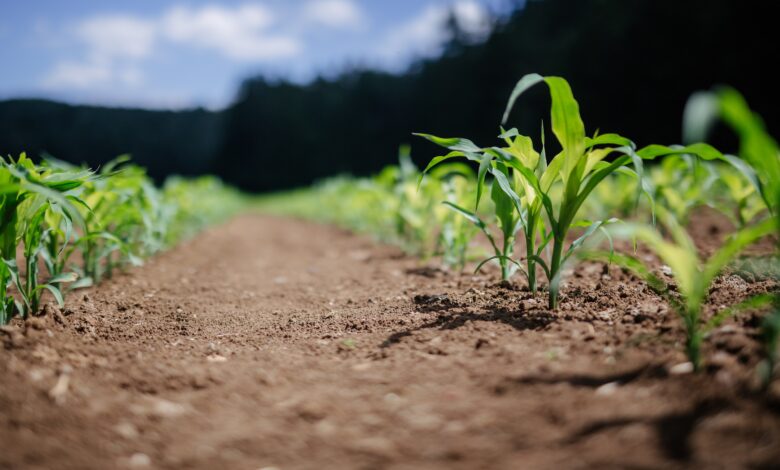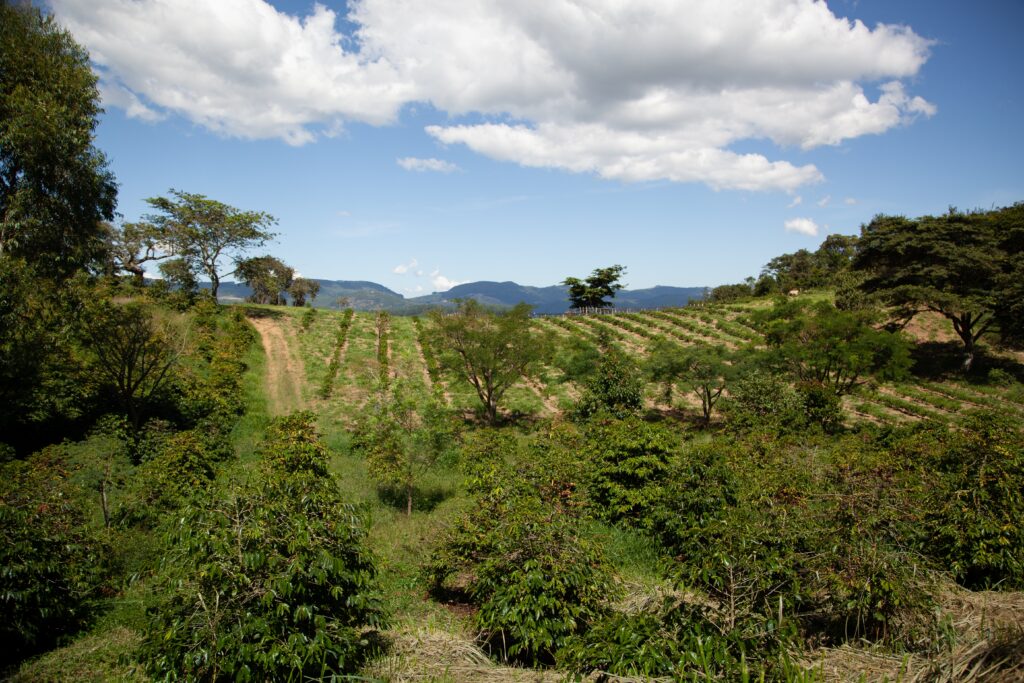7 Best Techniques of Sustainable Agriculture & Food Production

Explore seven best practices for sustainable agriculture and food production to mitigate its overall effect on the environment.
Sustainable agriculture and food production have become increasingly important in recent years due to growing concerns over environmental degradation, food security, and climate change. The concept of sustainable agriculture involves balancing the needs of the environment, society, and the economy in the production of food.
Crop rotation
It is a technique used to maintain soil health and fertility by alternating the types of crops grown in a particular field over a period of time. This technique helps to prevent soil erosion, reduce pest and disease pressure, and increase the availability of nutrients in the soil. Crop diversity practices include intercropping (growing a mix of crops in the same area) and complex multiyear crop rotations.
Intercropping
Intercropping involves growing two or more crops in the same field at the same time. This technique helps to maximize the use of available resources, such as sunlight, water, and nutrients. It reduces the risk of crop failure. Intercropping can also help to reduce pest and disease pressure, as certain crops can act as natural repellents for pests.
Agroforestry

It is a land-use system that combines agriculture and forestry practices in a way that is mutually beneficial to both. Farmers can incorporate trees or shrubs in their practices to offer protection for plants, animals, and water resources through shade and shelter. This could also result in the possibility of generating extra income from the cultivation of fruit or nut crops.
Integrated pest management (IPM)
It is an approach to pest control that involves using a combination of biological, cultural, and chemical methods to manage pests. This approach reduces the use of synthetic pesticides and promotes the use of natural predators, crop rotations, and other non-chemical methods of pest control. By reducing the use of synthetic pesticides, farmers can reduce their environmental impact and protect the health of consumers.
Water Management
Water management is a critical component of sustainable agriculture, particularly in areas where water is scarce. Techniques such as drip irrigation, rainwater harvesting, and conservation tillage can help to reduce water use and improve water efficiency. By using water more efficiently, farmers can reduce their reliance on irrigation and protect water resources for future generations.
Organic farming
It is a system of agriculture that avoids the use of synthetic pesticides, fertilizers, and genetically modified organisms (GMOs). Instead, organic farmers use natural methods of pest control and fertilization, such as crop rotations, cover crops, and composting. Organic farming promotes soil health and biodiversity and produces food that is free from synthetic chemicals.
Sustainable livestock management
Livestock production can have a significant environmental impact, particularly when it comes to greenhouse gas emissions and water use. Sustainable livestock management techniques, such as rotational grazing and the use of natural feed sources, can help to reduce the environmental impact of livestock production. These techniques also improve animal welfare and produce healthier meat and dairy products.
The Bottom Line
In conclusion, sustainable agriculture and food production techniques and best practices are crucial for achieving a more sustainable and equitable food system. By adopting these techniques, farmers can reduce their environmental impact, improve soil health, and produce food that is healthier for consumers. Consumers, on the other hand, can support sustainable agriculture by choosing to buy locally grown, organic, and sustainably produced food.
The Disposal Company is helping many FMCG brands to reduce their plastic footprint. Check here to contact us.




